Bayside Officer Michael Klawitter discusses community outreach, support and firearms training during ridealong
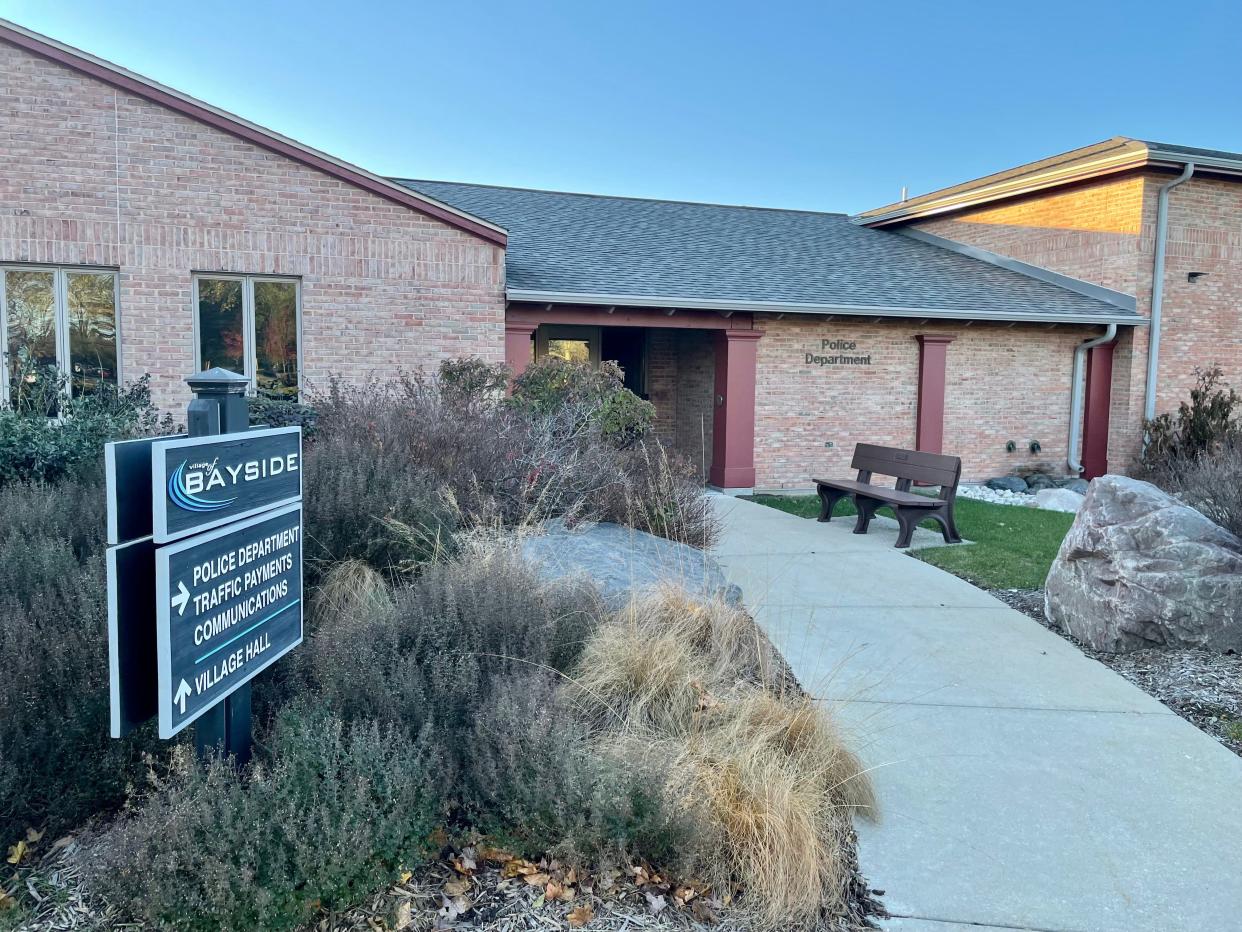
In 2019, the Bayside Police Department announced myBlue, a neighborhood policing initiative that pairs an officer with a sector of the village.
Officer Michael Klawitter said Bayside residents who have nonemergency concerns, like a malfunctioning microwave or a broken pipe in their home, often call the department for help. The myBlue program is designed to improve communications between police and residents by offering them resources, advice and services for nonemergency issues.
Lt. Cory Fuller said the department has received more than 200 myBlue sector calls this year. As part of the myBlue program, residents can request ridealongs with the officer assigned to their neighborhood. Fuller said the department averages three to five ridealongs a year.
During a ridealong and interview, Officer Michael Klawitter detailed his initiatives as a firearms instructor, the public’s perception of police and more.
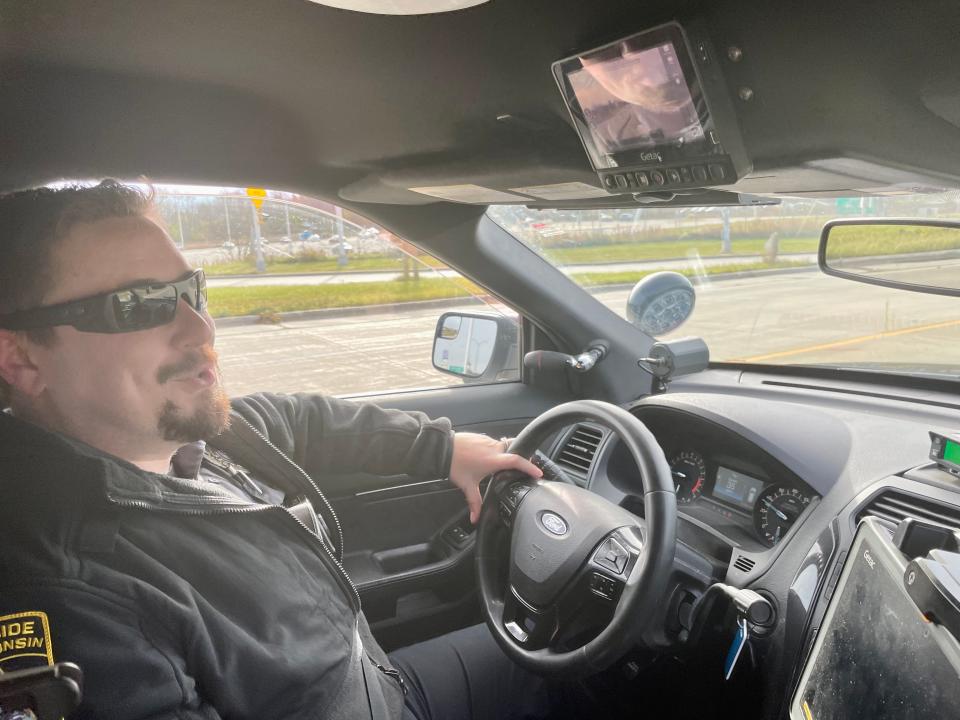
Two police officers staff the department during a shift. They're assigned an area of the village to patrol and tasked with driving on every road at least once during shifts.
During a recent ridealong, on a Monday at about 1 p.m., Klawitter monitored the village’s east side. As he drove through Bayside, a population of 4,389, nearly every person who saw him waved as he passed by.
Community outreach
Klawitter started his law enforcement career in Bayside in 2016. He was first a field training officer and general instructor before becoming a certified firearms instructor. His father was a detective for 32 years.
“I grew up with a law enforcement family,” Klawitter said. "I think that we're good folk, so I want people to kind of see cops the way that I do, which is that these were not only my family, but my family, friends and the people that I grew up with who I trusted and cared for.”
Klawitter created the myBlue trading card program and contest that ran from late 2019 to February 2020. Officers handed packs of cards to kids age 12 and younger. Each pack contained six cards of varying rarities that featured pictures and information on department staff and business sponsors. Collecting a full set and bringing it to the department would award the collector a gift card or prize.
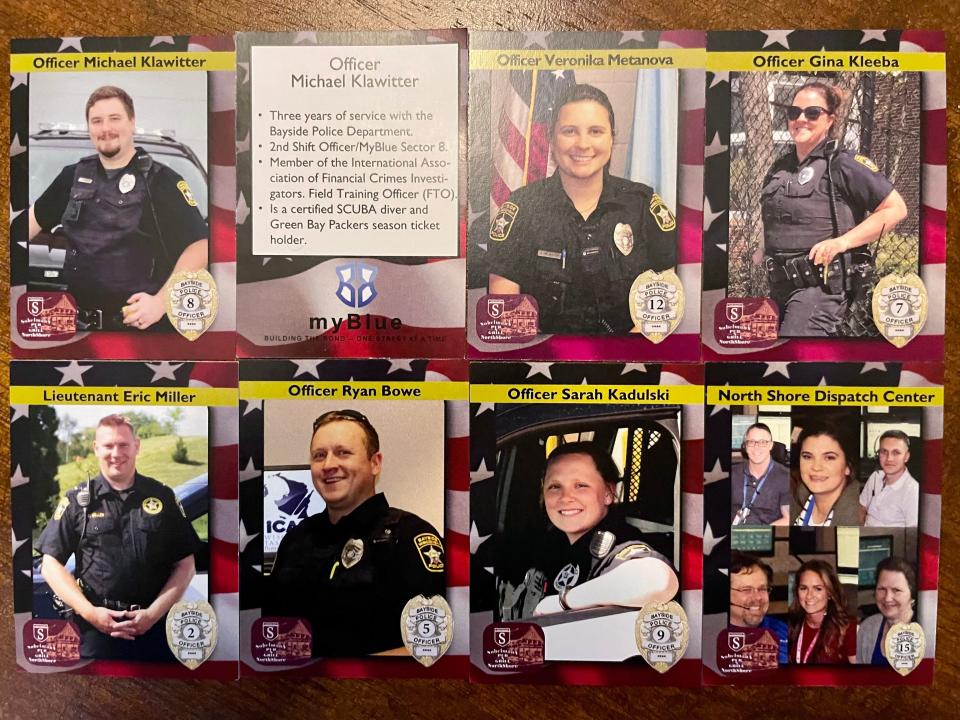
Klawitter said the idea to hand out police-themed trading cards came from residents' questions about a retired baseball card program.
“I would stop and chat with a member of the community and they would ask if this is something that we still do because the Brewers used to donate baseball cards to Bayside because Bud Selig lives here,” said Klawitter.
“It had a lasting impact because I’ve got people that are 40 years old asking me if this is something that they still do,” he added.
Klawitter wants to reintroduce the trading card program in a neighboring community, but he said some officers don’t want their names and photos shared with people.
“All officers are defensive,” he said. “It can kind of step into some amount of overly defensive, I think. I don't want to say ‘paranoid’ because things can happen, and I totally understand that.
"It’s not because they don't like the idea of kids being excited about a program that people used to be excited for a long time ago or anything like that, or that they don't want people to see police officers as friendly. Some people like to keep their work life and their home life completely separate.”
Public perception of police
Klawitter pulled into a parking lot entrance, facing a busy intersection on Brown Deer Road. He waited for a driver to disobey the no U-turn sign and discussed the public’s perception of police officers.
Klawitter said departments need more officers, and he thinks fewer people are looking to do the job.
“It seems like people that have supported us before love us now, and people that didn't support us before hate us now,” he said.
“We had an officer here who had a thin blue line sticker on his car, and his car was vandalized,” Klawitter added. “I can't say that that's necessarily why it happened for sure, but I would assume that that's probably why.
"Then you've got a lot of people out there that have come up to you and thank you for your service and all that.”
Earlier this year, Ozaukee County police chiefs participated in a virtual Q&A to discuss topics including the thin blue line and bias and diversity at departments. Ozaukee County Sheriff James Johnson said during the Q&A that bias training has challenged officers to look at themselves and realize what implicit biases they may have.
But understanding the public's biases during officer encounters is just as important, Johnson said. Overcoming the biases of both parties can make for more positive interactions, he added.
“We're all coming to that table with some type of bias,” said Johnson.
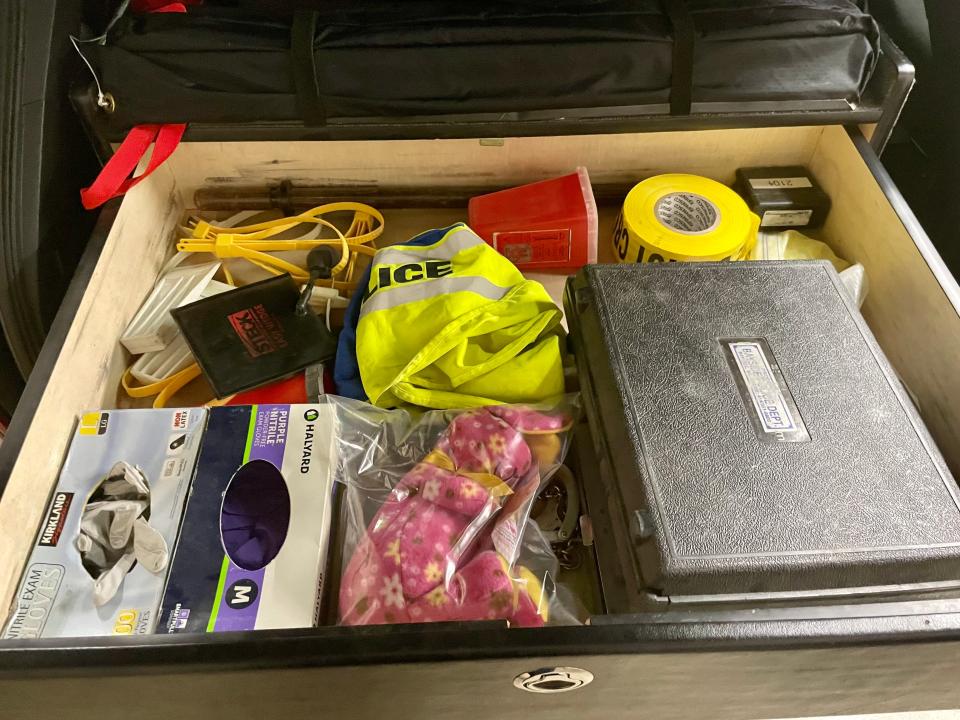
Klawitter said cops are just people; they can be nice or be jerks, lenient or strict.
“You’ve got a job to do, and our own emotions can play into that job and how we utilize our discretion,” he said.
Just minutes after he stopped to watch traffic, Klawitter activated the squad car’s lights to pull over a driver who performed an illegal U-turn.
“I know people make that turn all the time,” Klawitter said, pointing at the no U-turn sign. “I could write all of them and have so many tickets and say, look at how much work I’m getting done, but I’d rather not.”
He said this type of traffic stop might seem silly to people, but it opens the door for police to get dangerous drivers off the road.
“We stop, as a department, at that U-turn a lot because we know that it gets cars pulled over,” he said. “We don’t cite for that U-turn most of the time, but we get so many drunk drivers from something simple like that. That’s the important thing; you’re getting someone off the road who might be a danger to someone else, not because they made a U-turn.”
Firearms and emergency training
As a firearms instructor, Klawitter wants to provide officers with new techniques and training methods.
“I grew up in a culture in which we knew firearms, firearm safety and all that,” he said. “I know that not every officer who becomes a police officer had that background growing up. There’s a lot of people I went to the academy with who had never touched a firearm before they got there.”
Klawitter said the annual pistol qualification required by the state is “pretty rudimentary." When officers pass the qualification they’ve “proven competency, but not proficiency,” he added.
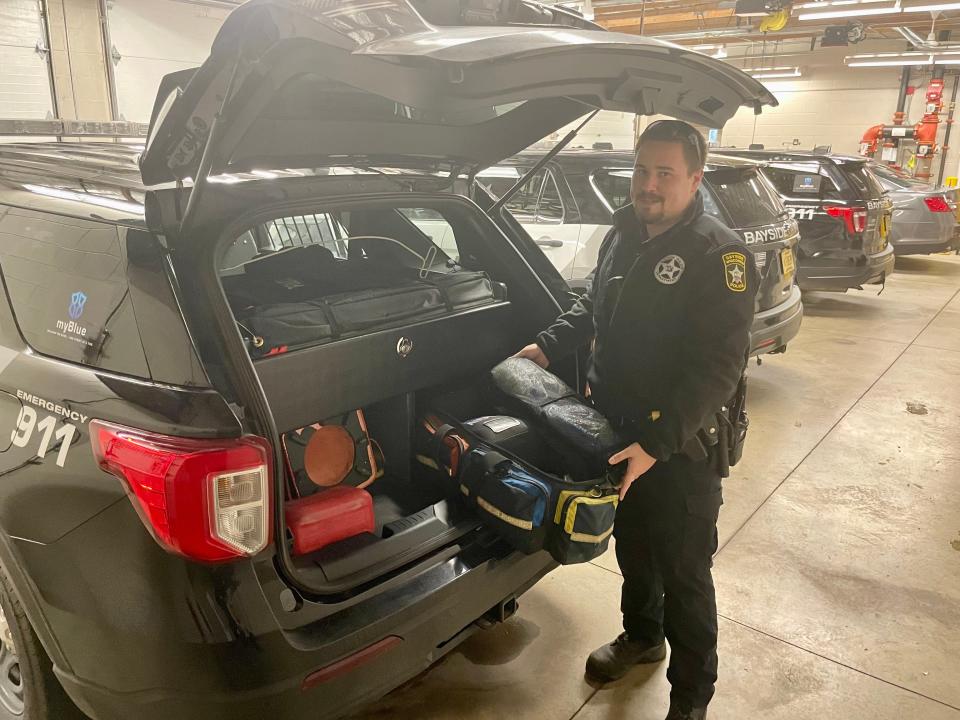
Rather than shooting only at paper targets, his training focuses on practical situations like shooting in low-light conditions or firing a weapon with winter gloves on, a practice that Klawitter said his peers have never tried. Officers also train with a less lethal shotgun that fires bean bag impact rounds.
“The state is implementing a rifle qualification,” he said. “Up until recently, they didn’t have one, and it’s still not mandatory. We’ve been practicing what their proposed qualifications are so that we’re up-to-date on it.”
As he drove past local schools and places of worship, Klawitter said one of the department's main focuses remains training on how to respond to an active shooter situation.
That means not only practicing room clearing in training, but also discussing the Incident Command System to determine who’s in charge and what responders should do when they first arrive at a scene.
He pointed at the streets around Bayside Middle School and noted where a perimeter would be secured to ensure safety and work to save lives.
Shifts end with a roll call meeting at which officers and lieutenants detail their day. Klawitter hopes to become a lieutenant and follow in his father's footsteps of being promoted throughout his career.
"I wanted to, when I first started this job, be like my father, but a more successful version of my father," he said. "He ended his career as a detective, but we don't have detectives in Bayside. This was kind of like the next best thing."
Eddie Morales can be reached at 414-223-5366 or eddie.morales@jrn.com. Follow him on Twitter at @emoralesnews.
Our subscribers make this reporting possible. Please consider supporting local journalism by subscribing to the Journal Sentinel at jsonline.com/deal.
DOWNLOAD THE APP: Get the latest news, sports and more
This article originally appeared on Milwaukee Journal Sentinel: Bayside officer Klawitter talks community, training during ridealong

